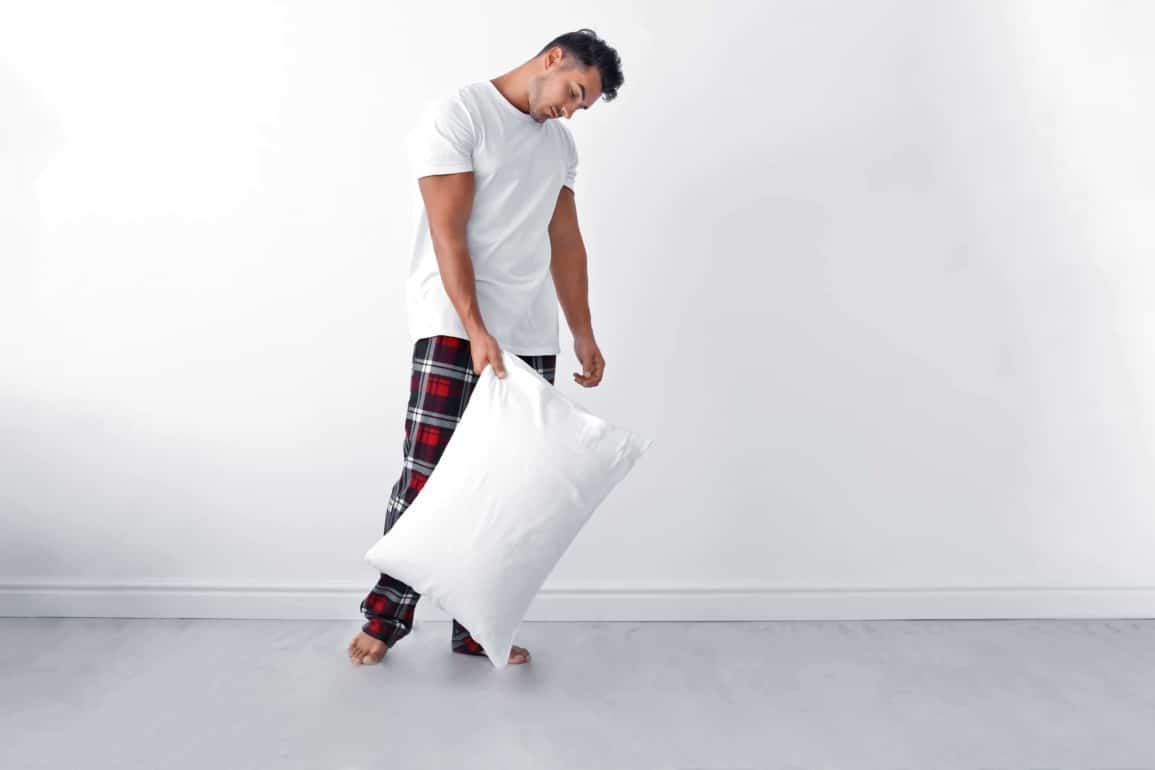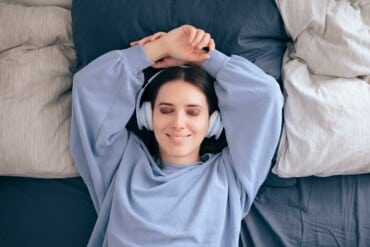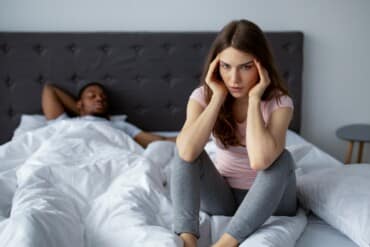Sleepwalkers brings a whole new meaning to the phrase “following your dreams.”
This common parasomnia or sleeping disorder is one of the best-known issues today’s society faces. It’s caused by everything from stress, to disrupted sleeping patterns.
The chances are that you even have a story about a sleepwalker in your family, or people have told you about a time you went for a stroll during your slumber.
Unlike more frightening issues, such as nightmare disorder, most people see sleepwalking disorder as a funny and bizarre quirk.
However, when it happens often, sleepwalking can have its dangers, from violence towards non-sleeping partners to the risk of falling down the stairs.
If you’re a known sleepwalker, or you know someone else who has this issue, it might be time to get to the bottom of what’s causing their late-night adventures.
This is your guide to the mysterious nature of sleepwalking.
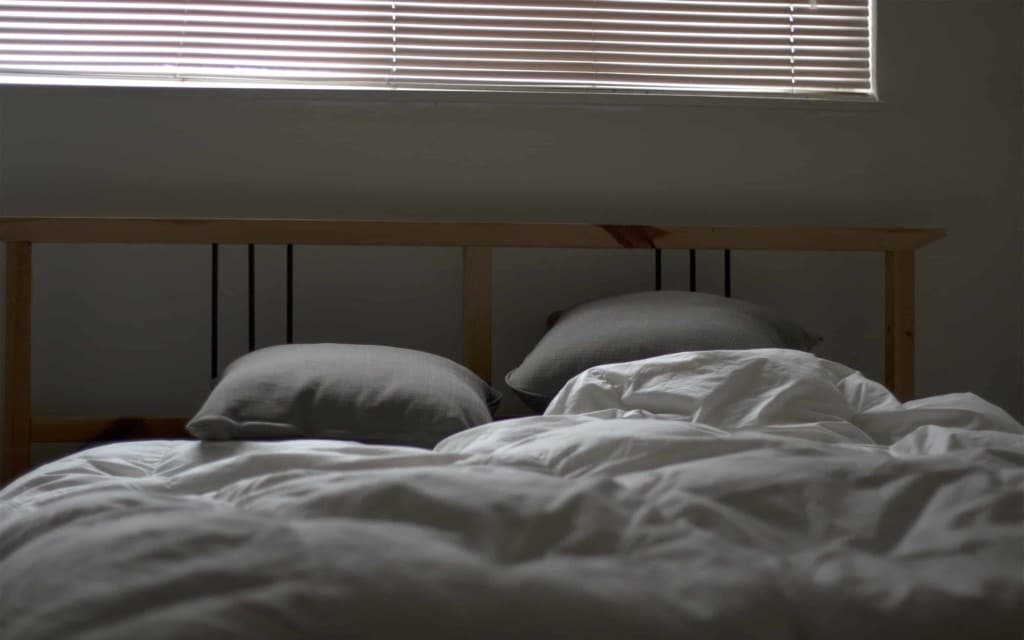
What is a sleepwalking disorder, and why do we sleepwalk?
Let’s start with the basics, what is sleepwalking? Are you a somnambulist?
Sleepwalking is also referred to as somnambulism. Sleepwalking is a form of parasomnia (sleep behaviour disorder) that happens during the deeper stages of your rest cycle.
The somnambulist definition is as follows: ‘an abnormal condition of sleep in which motor acts (such as walking) are performed.’
Although research into the causes of sleepwalking are ongoing, we do know that this condition happens more often in children than adults.
Usually, sleepwalking and anxiety go hand-in-hand, and there’s a close connection between being a somnambulist, and being sleep deprived too.
So, how common is sleepwalking?
Well, a study published in 2012 found that around 8.4 million people in the US sleepwalk every year.
Additionally, more than 30% of adults said that they’ve taken their own snooze-filled stroll at some point in their lifetime. Across the globe, most experts believe that sleepwalking occurs in about 1 to 15% of people.
In what stage of sleep does sleep walking occur?
Although the exact causes of sleepwalking are still cloudy, most studies have found that children are most vulnerable to this condition.
Children’s brains are still growing and developing and therefore more prone to parasomnias.
Sleepwalking symptoms happen when something causes the brain to hop out of its state of deep sleep and into a sort of mid-way status between waking and sleeping.
In very rare cases, some people may experience sleepwalking during the REM stage of their sleep, which means that they attempt to act out their dreams.
An episode of sleepwalking can last anywhere from just a couple of minutes to an hour. The frequency of being a sleepwalker can vary from one person to the next.

Sleepwalking symptoms
Sleepwalking doesn’t have to mean walking around your home with your arms stretched out in a zombie-like state.
There are many different symptoms associated with being a sleep walker. If you sleepwalk, you might sit up in bed, leave the house, or even attempt to drive and act out your day-to-day activities — all while partially unconscious.
Symptoms of sleepwalking include:
- Sleep talking.
- No memory of the event.
- Sitting up in bed sleeping.
- Difficulty waking up.
- Shouting or screaming.
- Inappropriate behaviour (urinating around the house).
- Violent attacks against the person trying to wake the sleepwalker.
Some sleepwalkers exhibit mild symptoms and just sit up in bed when they’re asleep.
However, people who get up and walk around when they’re semi-unconscious can put themselves in real danger. That’s why it’s important to know how to spot a somnambulist.
Sleepwalking explained: How to spot a sleepwalker
Often, a sleepwalking individual will simply get up, get out of bed, and start performing mundane actions. They’ll be getting dressed, or try to make a cup of tea.
Surprisingly, sleepwalkers aren’t always slow and lethargic. Some people who display sleepwalking symptoms are fast and strong, showing feats of durability that they can’t duplicate when awake.
Despite what you may think, sleepwalking in real-life is very different from how it’s portrayed in movies.
Your sleepwalking partner won’t have outstretched arms or making groaning noises. However, it is common for a person’s eyes to be open, though they may be glazed over or glassy.
Crucially, it’s important to be aware of anyone who’s non-responsive or clumsy after getting out of bed. A somnambulist may appear confident in their actions because they’re working on memory, not from sight.
When you speak to a sleepwalker, they might respond, but what they say is unlikely to make a lot of sense. In most cases, the sleepwalker will simply remain silent.
The most common people to experience sleepwalking disorder are younger children. In some families though, somnambulism is inherited, and will persist ones entire life.
The good news is that if your child walks around during sleep, they’ll probably grow out of it.
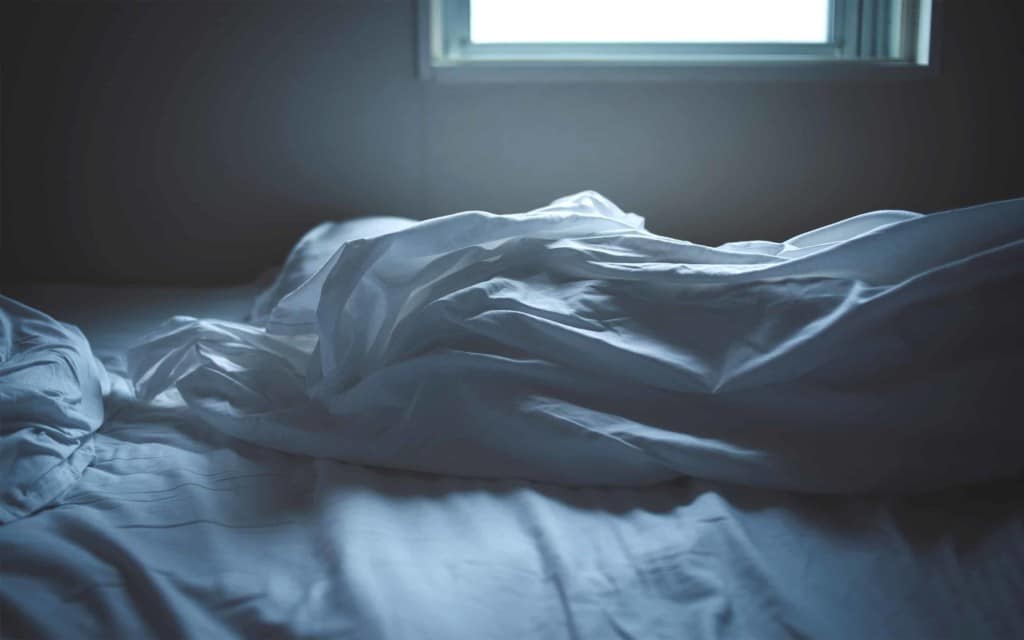
What triggers sleepwalking?
Okay, so we know the basics on sleepwalking disorder and sleepwalking symptoms. Now it’s time to find out what causes this strange phenomenon.
With millions of adults suffering from parasomnias around the world, you’d think that we’d know everything there is to know.
However, the human brain and how we sleep are concepts so complex that we still need to conduct much research into the diagnoses sleepwalking, sleep talking and even sleep paralysis.
Experts believe that there are many things that might fall into the camp of sleepwalking causes. For instance, research from Stanford university’s school of medicine indicates that there’s a strong link between sleepwalking and anxiety or depression.
Sleepwalking when stressed is very common. Stress raises the levels of cortisol in your brain and nervous system, making it harder to experience deep and restful sleep.
Because sleepwalking disorder is essentially caused by anything that disrupts your sleeping patterns, it can come from virtually anywhere.
Some researchers have found that sleepwalking is a genetic condition. One study indicates that the problem can be traced back to a single specific section of a chromosome that is passed down through multiple generations. In that sense sleepwalk is hereditary.
Despite common beliefs, sleepwalking doesn’t actually have anything to do with your dreams. When you’re sleepwalking, you probably won’t be dreaming at the same time.
However, if you’re particularly stressed or busy and your regular sleeping schedule is disturbed, then you might be more likely to act out some of your most common movements during your sleep.
Common sleepwalking causes include:
- Alcohol and drugs (drunk sleepwalking).
- Sleep disorders like sleep deprivation, sleep apnea, and restless leg syndrome.
- Lack of magnesium and other substances in the body.
- Medications like sleeping pills.
- Emotional or situational stress.
- Vibrant nightmares or dreams.
- A full bladder.
- Medical conditions like head injuries or asthma.
- An irregular heartbeat.
- Environmental stimuli.
There are also some gender-based factors that might come into play to increase your risk of sleepwalking. For instance, pregnancy and menstrual cycles can make somnambulism more likely.
Aside from issues to do with genetics, gender, and medication, the main causes of sleepwalking are stress and anxiety. With that in mind, most of the treatment available for this condition involves improving your sleeping pattern, avoiding triggers for anxiety, and learning how to relax before bed.

Drunk sleepwalking: How does alcohol affect a somnambulist?
As mentioned above, anything that disrupts your sleep could potentially trigger an episode of sleepwalking. It’s not uncommon for people who have issues with substance abuse, or people who drink to often to have this condition.
The reason for this is that alcohol has a seriously adverse effect on your sleeping patterns. When you drink a lot before going to bed or even take certain recreational drugs, you might fall asleep faster, but that sleep is generally more disturbed.
Not only do you need to go to the bathroom more often, but your body will also be so busy trying to process the alcohol in your system. It won’t be able to move through the normal stages of sleep .
Usually, people who drink regularly before bed spend less time in the REM stage of sleep. When they finally do achieve this deeper phase of their sleep, they may have vivid and worrying dreams that could morph into nightmares.
Ultimately, anything that disrupts your sleep could trigger sleepwalking — even being incredibly tired. If you’ve had alcohol, you’re more likely to feel exhausted when you go to bed, because alcohol is a sedative.
Whether your sleepwalking disorder is caused by alcohol or not, it’s important to have measures in place to protect yourself and your loved ones if you know that you sleepwalk regularly.
This can be particularly important if you’re sleepwalking when you’re drunk because you might be clumsier than usual, when you’re wandering around the house.
While the quality of your sleep might not be impaired when episodes of sleepwalking occur sporadically, when they happen frequently, they can cause serious issues, and even injuries.
Unfortunately, it’s not necessarily possible to prevent all episodes of sleepwalking. However, you can take extra precautionary measures to protect yourself or a loved one from danger, such as:
- Locking the windows and doors before you go to bed.
- Placing the mattress on the floor, so you don’t fall out of bed.
- Remove all dangerous objects from the sleeping space.
- Hide and lock any weapons away.
- Place bedding next to the bed and furniture.
- Install an alarm on your bedroom door.
- Sleep on the ground floor.
- Place a barrier or safety gate at the top of the staircase.
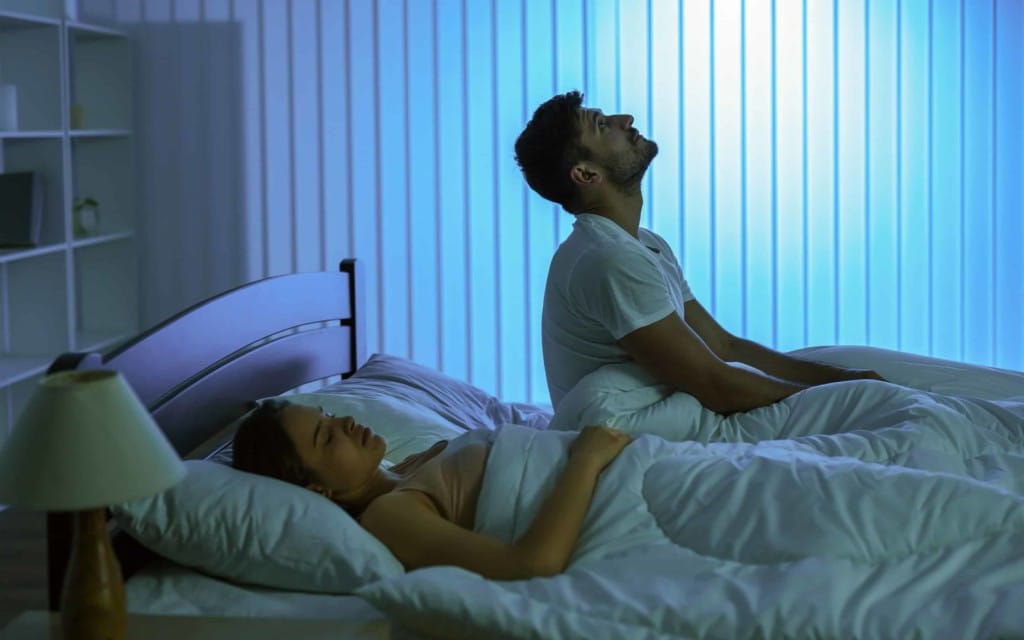
Is it dangerous to wake a sleepwalker?
Sleepwalking disorder can sometimes be dangerous because of the risk of injury to the somnambulist. If you’ve ever looked into sleepwalking facts, then you’ve probably wondered whether it’s dangerous to wake someone who’s sleepwalking.
There’s a common urban legend that suggests if you try to wake someone up when they’re sleepwalking, you could shock them into a stroke or heart attack.
The truth is that waking up a sleepwalker is pretty much harmless. Waking sleepwalking individuals has never been proven to cause any harm. However, that doesn’t mean you should necessarily do it.
There isn’t any danger to the sleepwalker, but there could be danger to you. Often, sleepwalking symptoms occur during the third stage of NREM sleep. This stage is also known as slow-wave sleep, and it’s a very deep form of unconsciousness. People might not even be able to hear you when they’re in this state.
While waking someone from stage 3 is pretty tough, it can be done. The person you wake may end up being in a state of cognitive impairment, when they wake up.
Basically, forcefully pulling someone out of deep sleep will mean that they can’t think straight. They might lash out at you! Confused, startled and agitated individuals without much mental control can be aggressive and violent.
Even if the person that you wake during sleepwalking doesn’t react aggressively to being woken up, it’s better to simply lead them back to bed rather than trying to wake them in the first place.
Crucially, you definitely shouldn’t just leave a somnambulist to their own devices if you notice them wandering around your home. Some people with sleepwalking disorder have been known to get into their car and try to drive, or even attempt to prepare meals in their sleep.
Having a groggy and confused person behind the wheel of a car can be a very dangerous thing. Make sure that you watch the sleepwalker carefully, and guide them back into the bedroom while:
Avoiding physical contact as much as possible
You don’t want to trigger anything that could cause the person to lash out and potentially injure you. Some people even attempt to run away when someone touches them when they’re sleepwalking.
Being gentle
If touch is needed to guide someone back into the bedroom, be as gentle as possible. Remember that the person is in an unusual state and may not be aware of what’s going on around them.
Calm the person when they wake up
Most somnambulists won’t remember anything about their sleepwalking episodes. However, when this condition is combined with night terrors or nightmare disorder, they might feel scared or overwhelmed when they wake up. Make sure you’re there to comfort them.
Watch the sleepwalker
When the sleepwalker is back in bed, make sure that they don’t immediately get out again and start walking around. It might be a good idea to put a lock on your bedroom door if you don’t already have one.
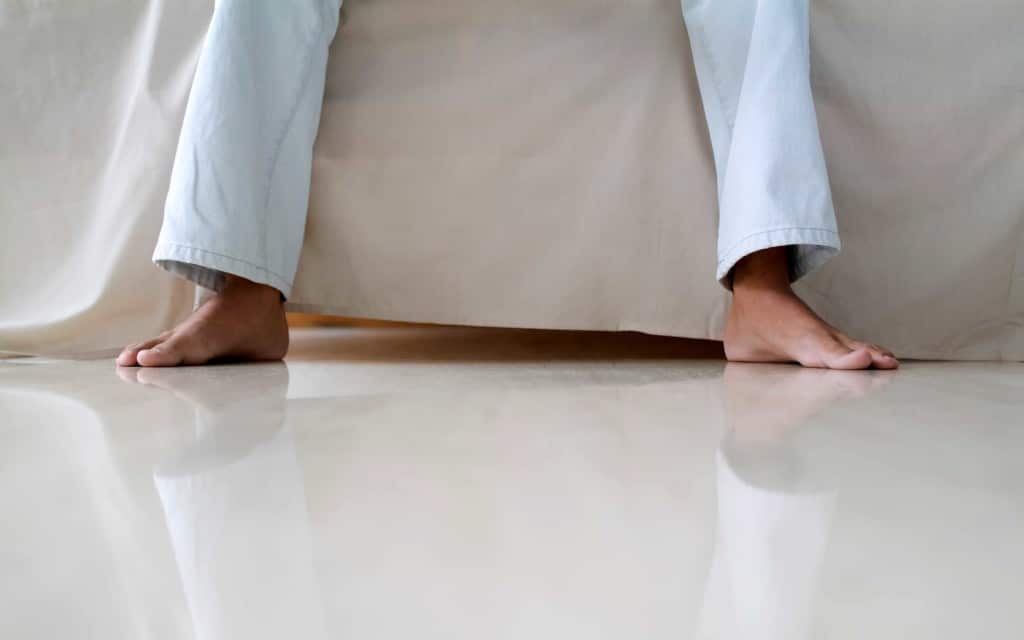
Sleepwalking disorder facts: What you need to know
Though most people are familiar with the concept of sleepwalking, the truth is that a lot of us don’t understand it very well. This condition is still shrouded in mystery, which is why countless sleep specialists continue to conduct studies.
The good news it that there has already been enough research done to tell us some very important things about the causes of sleepwalking, and what happens to a person with a sleepwalking disorder.
If you’re looking to update your education, here are some sleepwalking facts to get you on the right track.
- Sleepwalking is very common: As many as 40% of all children have had an episode of sleepwalking at some point in their lives. Additionally, around 2-3% of adults around the world will sleepwalk at some point too.
- You won’t remember sleepwalking: Although there’s a rare exception to this rule now and again, most somnambulists won’t remember what happened during their sleepwalking episodes. When you’re sleepwalking, the areas of your brain associated with movement might be awake, but the areas responsible for things like decision-making and memory are still fast asleep.
- You might pee when you’re sleepwalking: Unfortunately, one of the most common things for men to do when they’re sleepwalking is urinate in unusual areas, like in shoes or closets. They might not be awake enough to reach the bathroom, so they look for the next best thing.
- Sleepwalking can make you violent: Even if you’re not a violent person in your waking life, there’s a good chance that you might lash out when you’re sleepwalking. Somnambulists frequently act out their dreams which could mean that they end up causing injury to others. It’s particularly likely that a sleepwalker will be violent when someone attempts to wake them up. Researchers say that violent behaviours affect more than half of all sleepwalkers.
- Sleepwalking may make you fearless: As well as bringing out your violent side, sleepwalking disorders can also make you more confident and fearless too. Once, a 15-year-old girl from the UK was found curled up at the top of a 130-foot crane at 2 am, after she had climbed her way up there while asleep. This can be dangerous, of course, as one German teenager once dove out of a fourth-story window when sleepwalking.
- Sleepwalking can be a sign of other conditions: It’s not uncommon for sleep disorders to indicate that there’s a deeper underlying problem with your health. For instance, sleepwalking could indicate that sleep apnea is harming your sleep quality. Additionally, some people think that sleepwalking could be linked to neurodegenerative diseases like Alzheimer’s or Parkinson’s — although this isn’t always the case.
- Sleepwalker pills: Medications can be an important part of your daily routine, but they also come with side effects that you need to be aware of. For instance, a number of drugs have been associated with sleepwalking over the years, including sleeping pills like Zolpidem, and other drugs like antidepressants.
- Sleepwalking might make you gain weight: Some somnambulists have been known to seek out and eat food when they’re unconscious. You might walk into the kitchen and eat a whole loaf of bread without having any memory of doing so.
- Sleepwalking can be prevented: Practicing good sleep hygiene is a great way to reduce the likelihood of sleepwalking. Ultimately, the best thing you can do is avoid disruptive substances like alcohol, and issues like stress.
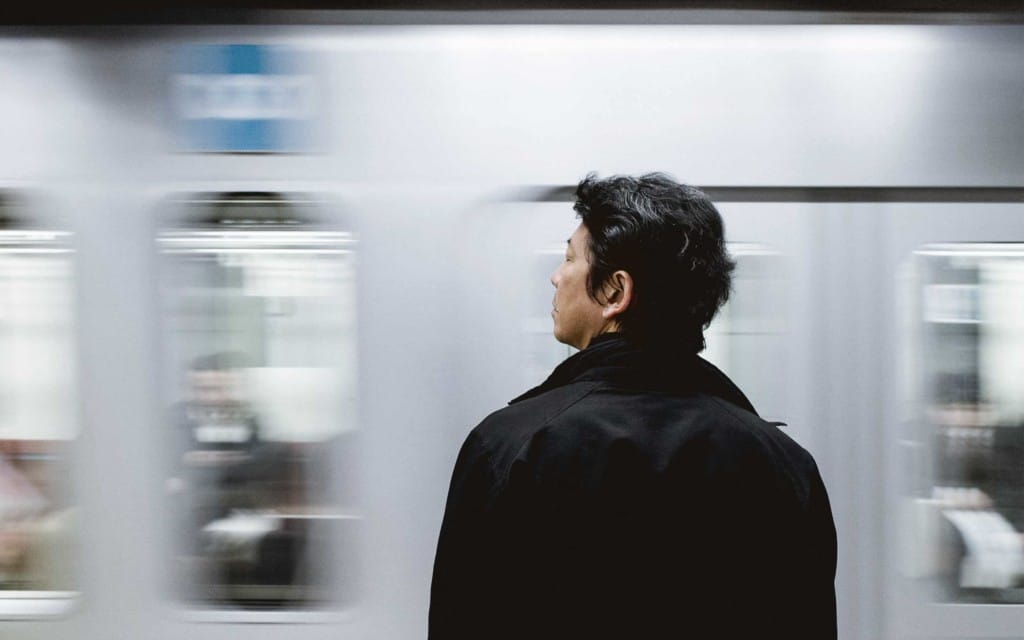
The truth about sleepwalking disorder
Sleepwalking disorders are just like any other issue that happens during sleep.
If you’re a somnambulist, or you know someone who is, then you probably find the condition confusing, mysterious and just plain weird.
However, the good news is that of all the parasomnias and other sleeping issues that you could face, sleepwalking is a relatively safe one.
Provided that you have the right measures in place to stop a sleepwalker from causing any injury to themselves or others, sleepwalking doesn’t actually harm your quality of sleep. However, it may be a sign that you’re already experiencing poor sleep and need to improve your current sleep hygiene.
There are no specific treatments for sleepwalking disorder because usually, all you need to do to overcome this issue is
Do you know someone who sleepwalks, or are you a somnambulist yourself? Then check out our other articles for tips and insights into how to control your night-time activities.
Siestio. Sleep Matters.
General advice disclaimer
This article contains general tips and advice. However, no diet or exercise program should be started without consulting your physician or other industry professional first. For more information read our full disclaimer here.

